Home > AC Motors
AC Motors
AC motors play a vital role in keeping the modern world moving. They are used everywhere – from large industrial machines to consumer appliances and electric vehicles.
TelcoMotion is a top name in AC motor technology, offering a wide range of high-performance options designed to meet the demands of any application. We offer AC motors in frame sizes ranging from 1.77” to 4.53” with output power from 6 W to 2200 W.
Trust TelcoMotion for Quality AC Motors of All Kinds
The quality of an AC motor depends on the materials used, the design and construction of its components, and the quality control measures taken during its production. TelcoMotion takes these factors seriously when designing and manufacturing our AC motors. Our tightly monitored production process ensures consistency in performance you can rely on.
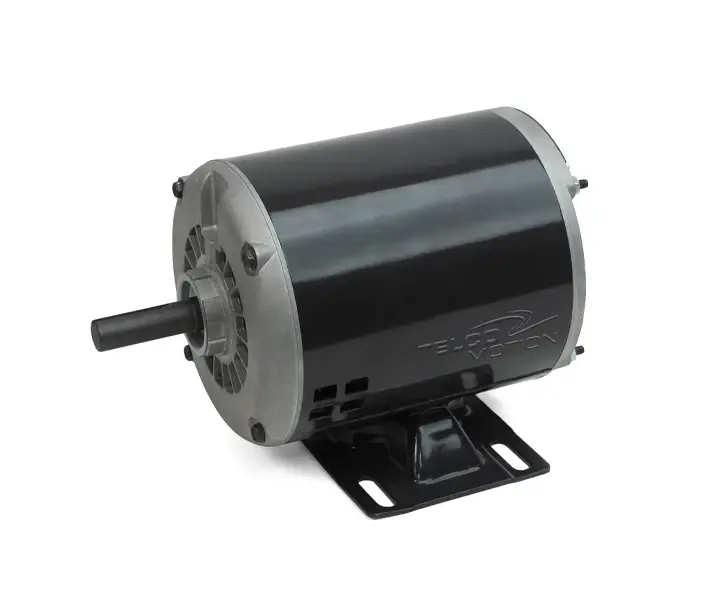
AC motors
Our AC motors are designed to your exact specifications. Choose from various voltage levels, motor shafts, and phase combinations for high performance and low noise operation.
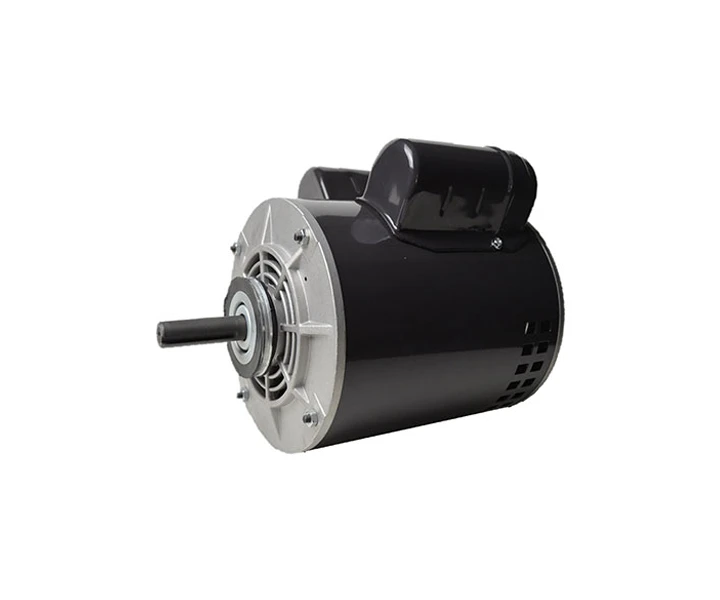
NEMA AC Motors
These motors meet National Electrical Manufacturers Association (NEMA) standards and are designed to fit into most mechanical applications.
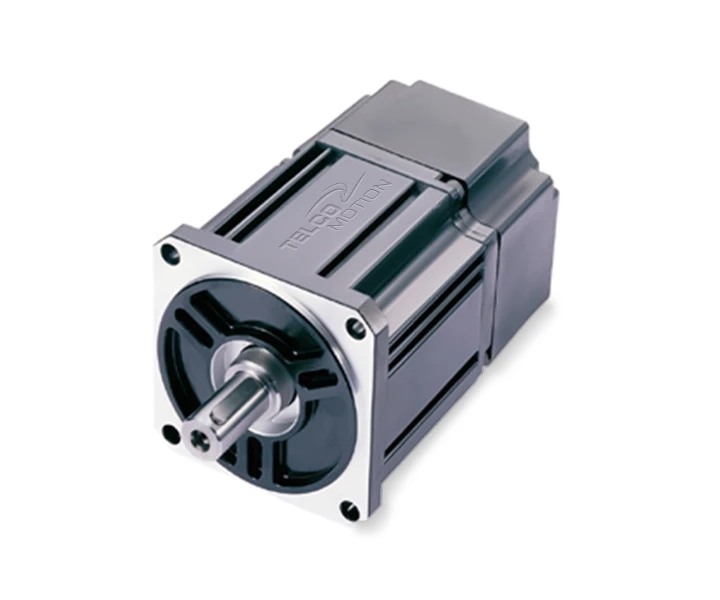
Servo Motors
With high torque, low maintenance requirements, and a long lifespan, these motors are suitable for multiple applications in the automotive and industrial sectors.
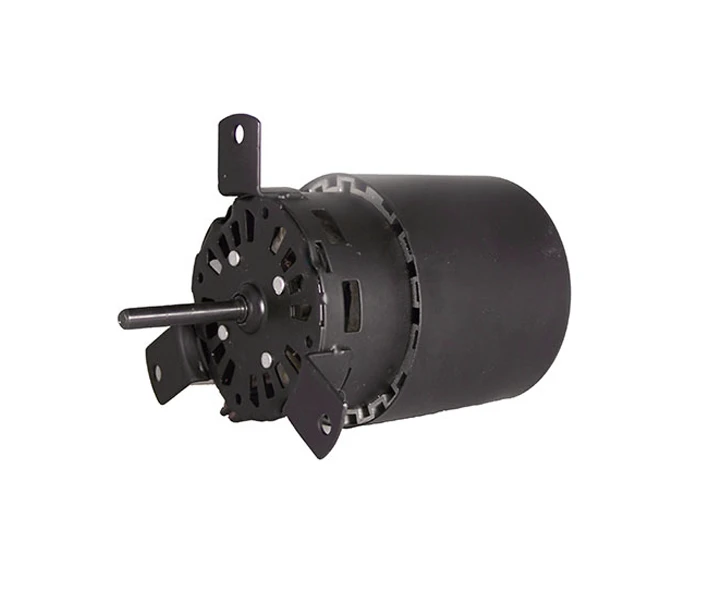
AC PSC motors
These AC permanent split capacitor motors are simple, cost-effective, and offer a wide range of speed options. Each features a low inertia design and comes ready to install without requiring assembly. They are ideal for applications where low cost and reliability are key requirements.
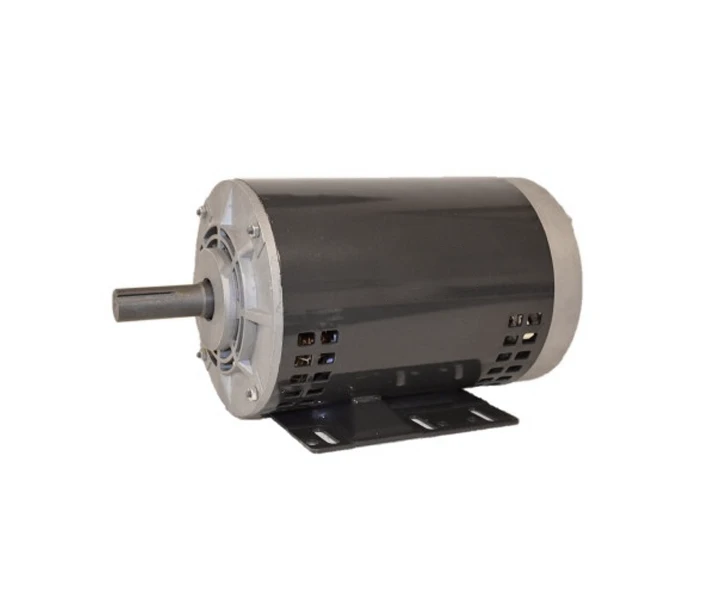
High-efficiency Motors
Take advantage of high-efficiency motors that require minimal maintenance and run smoothly at any speed. Our motors are built with heavy-duty stator windings and rotors to deliver maximum torque, raise power density, and maintain lossless operation over long periods of time.
AC Motors FAQ
Any lingering questions about AC motors? We’ve got answers.
What is an AC motor?
An AC motor is a type of electric motor that utilizes alternating current (AC) to generate mechanical energy. Also known as an induction motor, the system relies on magnetic fields generated by power currents to produce constant torque and rotation.
AC motors come in various shapes and sizes depending on the amount of power needed. They are popular in systems that require reliable performance and durability for consistent results.
How does an AC motor work?
An AC motor uses alternating current (AC) to create a rotating magnetic field. This concept is used in most electric motors but uses alternating current instead of direct current (DC).
An AC motor has two main parts: the stator and the rotor.
The stator is the outer part of the motor, made up of electrical windings and coils. When power is sent to the coils, it creates a rotating magnetic field that interacts with the rotor located within the stator. As the magnetic field changes, it produces a force that moves the rotor.
The rotation of the rotor creates mechanical energy, which can be used to power many different types of machinery or equipment.
Are there different types of AC motors?
AC motors are divided into two categories depending on the type of current they use: single-phase or three-phase.
Single-phase motors run on a standard household circuit and can be found in small appliances such as vacuum cleaners. For example, three-phase motors are used in more robust and industrial applications – pumps, compressors, and conveyor systems. They require a special three-phase electrical energy supply to operate.
Aside from power supply, AC motors may also use different rotors. Some AC motors use permanent magnet rotors, while others employ a wound-field or synchronous design for improved performance.
Most AC motors are asynchronous motors. This means their actual rotation speed is slightly less than the speed of the rotating magnetic field that drives them. Synchronous motors operate at a synchronous speed matching that of the rotating field. Synchronous motors are common in applications requiring constant speed at low power and high-efficiency levels.
Where are AC motors used?
AC motors are widely used due to their efficiency and reliable output. Some common examples include pumps, fans, high-performance blowers, compressors, conveyor systems, and machine tools. They can also be found in air cooling systems, household appliances, and industrial machinery.
AC motors have also become commonplace in the auto industry; electric cars and other forms of renewable transportation often utilize them to generate power.
What’s the difference between AC and DC motors?
AC motors use alternating current to generate energy, while DC motors use direct current. AC motors are typically used for applications requiring high torque at low speeds. This includes heavy machinery.
In contrast, systems like brushless DC motors are used for applications requiring high speed and precise control, such as electronic devices and robotics.
Let’s Work Together
Why settle for less? Put Telco’s motion control and supply chain experts to work on your next project.
Technical Questions?
Whether you need more efficient solutions or engineering innovation, our engineers are up to any challenge.